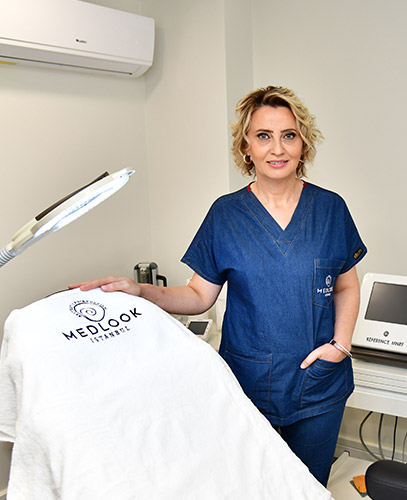Direct Hair Implantation DHI

Hair loss can be a significant concern for many, impacting self-esteem and overall quality of life. Among the various solutions available, the Direct Hair Implantation (DHI) technique stands out as a highly advanced method in hair restoration. Renowned for its precision and effectiveness, providing natural-looking results with minimal discomfort. This guide is dedicated to exploring the intricacies of direct hair transplants, particularly focusing on its application in Istanbul, a leading hub for cosmetic procedures. Here, you will find detailed insights into everything from the process and benefits to the costs and recovery associated with hair transplantation.
What is DHI Hair Transplant?
DHI, which stands for Direct Hair Implantation, is a method of hair transplantation that offers a more precise and less invasive approach compared to traditional hair transplant techniques like Follicular Unit Transplantation (FUT) and Follicular Unit Extraction (FUE). It is designed to maximize the survival and growth of the transplanted hair and to achieve a natural-looking result.
- Less Invasive: No scalpel incisions mean less trauma to the scalp and minimal scarring.
- Reduced Recovery Time: Patients typically experience a quicker recovery due to the minimally invasive nature of the technique.
- Increased Follicle Survival Rate: Precise handling and placement increase the likelihood of successful hair growth.
What Is The Difference With FUE?
With the FUE method, follicles are implanted by creating reception holes in the treatment area and placing the hair follicles into the holes. With Direct Hair Implantation there is no need to create reception holes in the treatment area before. Instead, with the DHI the extracted hair follicles are directly placed. Extracted follicles do not stay outside for a long time.
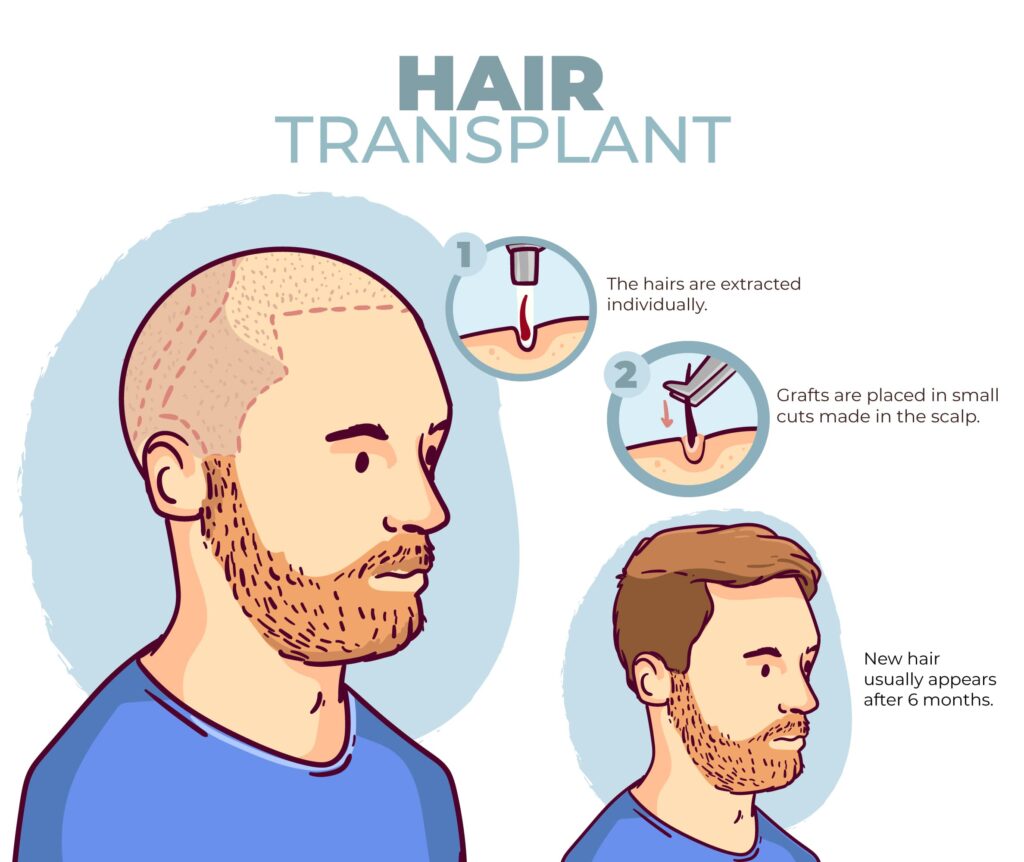
Addressing Common Misconceptions
Misconceptions about DHI, such as it being more painful or less effective than other methods, are unfounded. This methode often results in less discomfort during and after the procedure and has a high rate of patient satisfaction.
DHI vs Traditional Hair Transplant Methods
Direct Hair Implantation offers distinct advantages over traditional techniques such as Follicular Unit Extraction (FUE) and Follicular Unit Transplantation (FUT). The Choi Pen used in this methode allows for more precise placement and reduced handling of follicles, which can enhance the survival rate of the transplanted hairs.
Better than FUE? It is not quite right to make such a generalization. The right treatment must be chosen according to each patient’s needs. For one direct hair implant is the best method, for the other FUE is the most effective method.
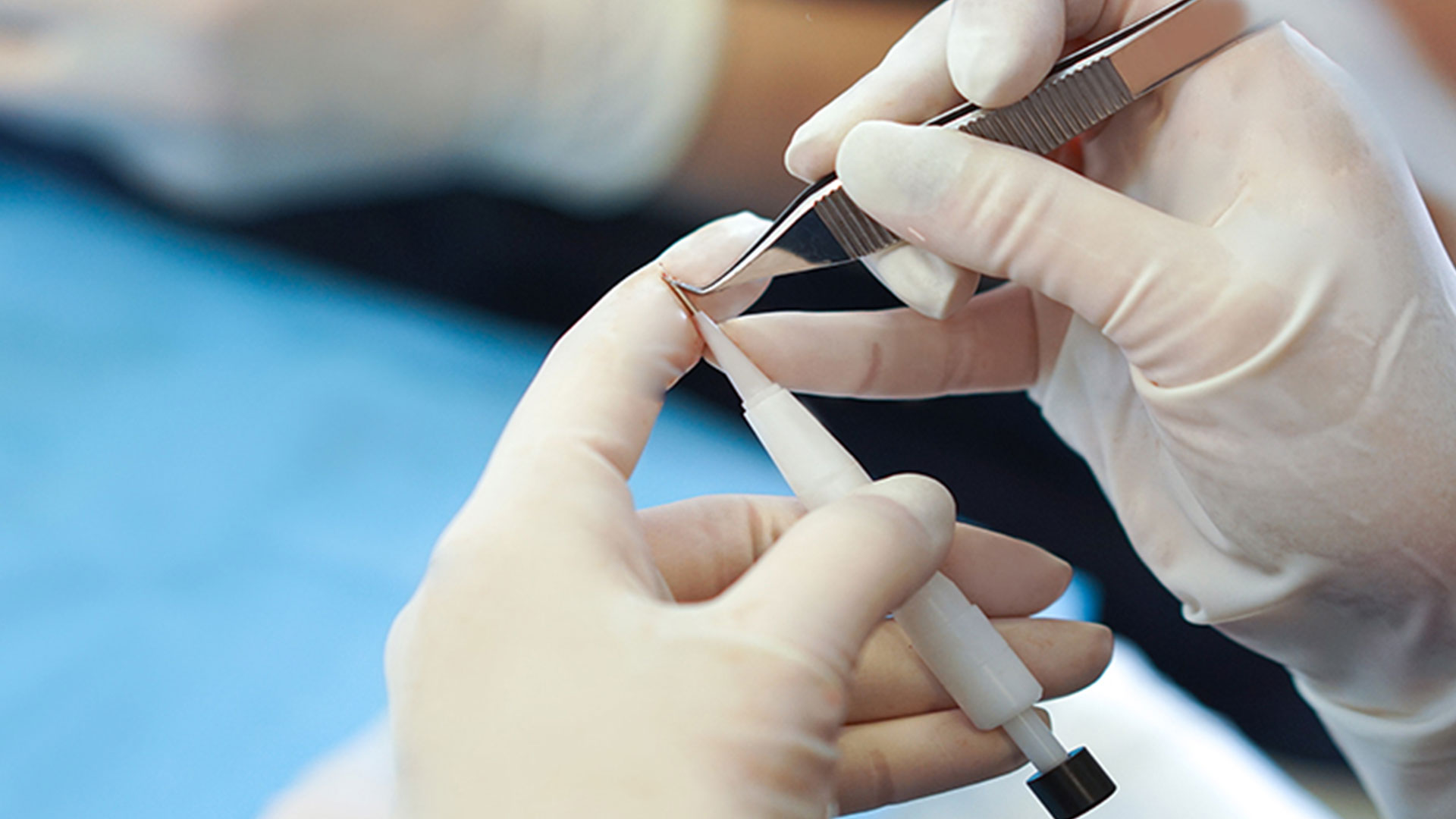
Advantages of DHI Hair Transplant
Direct Hair Implantation method is known for providing natural results and a fast recovery process among hair transplantation techniques. It has some advantages over other popular methods such as FUE (Follicular Unit Extraction). Some of the main advantages offered by the direct hair implant method are:
- The biggest advantage of DHI is to avoid the effects of staying outside too long. Extracted grafts/ hair follicles stay in a special solution. Even tho the longer the waiting time, the greater the risk of damage to the hair cells. This situation affects the results. The waiting time is reduced to a minimum.
- The depth and angles of the planted hair determine the quality of the hair transplant.
- The healing period is reduced. Because the transplantation procedure is carried out without opening channels.
- With Direct hair implanter it is easier to access more areas so it is possible to have a more natural look.
- It is not necessary to shave a full head. Especially women think it is a good advantage.
Step-by-Step Guide to the DHI Procedure
Direct Hair Implantation is a modern technique of hair transplantation that is designed to offer a more precise placement of hair follicles and to minimize handling, potentially reducing damage to the follicles and improving the survival rate of the transplanted hair. Here’s a step-by-step overview of how DHI hair transplantation is typically performed:

Before the procedure, you’ll have a consultation with a specialist who will assess your hair loss pattern, the density of hair in the donor areas (usually the back of the head), and discuss your expectations. They will also plan the hairline and the areas to be covered.
On the day of the procedure, the hair in the donor area is trimmed to a suitable length to facilitate the extraction of follicles. The patient is then administered local anesthesia in both the donor and recipient areas to minimize discomfort.
Using a specialized extraction instrument, which is typically a fine-tipped needle, the surgeon carefully extracts hair follicles one by one from the donor area. Each follicle is removed with its necessary protective tissue intact, which enhances its viability when implanted.
Once extracted, the follicles are kept in a solution at a specific temperature to preserve their vitality until they are ready to be implanted into the recipient area.
Unlike other methods where channels are pre-made in the recipient area, DHI uses a specialized tool called the Choi Pen. This tool allows the direct implantation of the follicles into the scalp. The Choi Pen is a precise instrument that can control the depth, direction, and angle of implantation, which helps in achieving a natural-looking hairline and uniform density.
The surgeon loads each follicle into the Choi Pen and then injects it directly into the recipient area. This part of the process is crucial as it determines the growth direction and angle of the new hair, factors that are important for a natural appearance.
After the procedure, patients are typically given specific instructions regarding how to care for their scalp. They may be advised to avoid washing the hair or engaging in strenuous activities for a certain period to ensure the implanted follicles are not disturbed.
The transplanted hair will initially fall out—a process known as shock loss—but this is normal. New growth should begin within a few months. The final results of the transplantation can typically be seen within a year.
Direct hair transplant offers advantages such as reduced handling of follicles, minimal scarring, and potentially quicker recovery times. However, it’s important to have realistic expectations and discuss all potential risks and outcomes with your hair transplant specialist
Is DHI Hair Transplant Right for You?
Ideal candidates for DHI are those experiencing localized hair thinning or balding who still have sufficient healthy donor hair. Factors like hair texture, scalp flexibility, and overall health can also impact the suitability for direct implant.
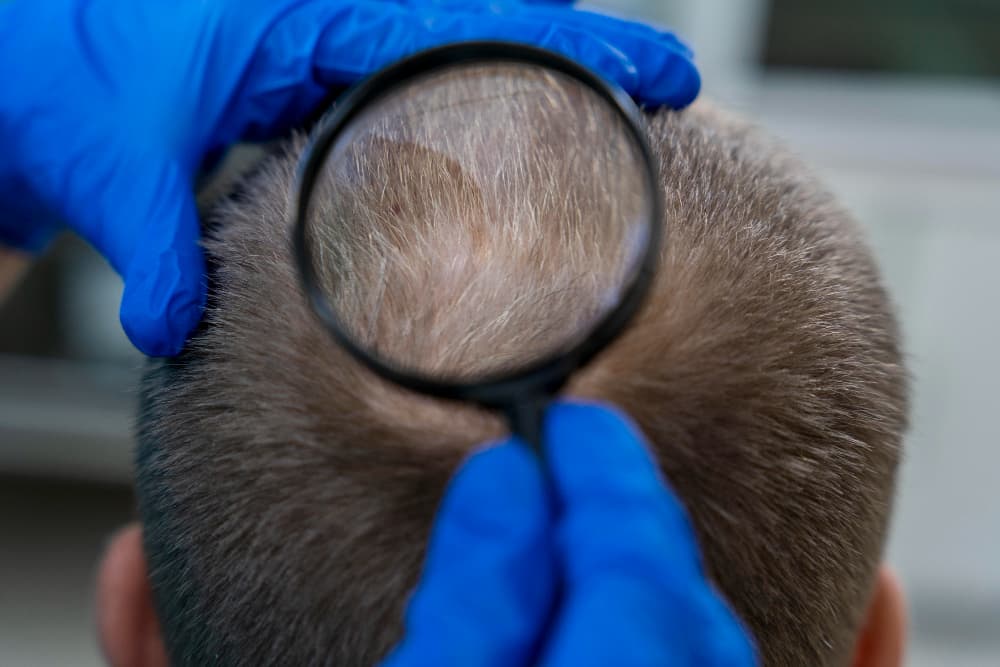
Common Concerns and Eligibility
People often wonder if their hair loss pattern or previous hair transplant procedures affect their eligibility for direct hair implant. In general, this methode can be suitable for various cases, but consultation with a specialist is essential to address individual concerns.
Self-Assessment Tool for Suitability
A self-assessment tool (not provided here) could help potential patients evaluate their hair loss against typical eligibility criteria for this methode, guiding them towards making an informed decision.
Traveling to Istanbul for DHI Hair Transplant

Istanbul has become a premier destination for those seeking Direct Hair Implantation (DHI) hair transplants, and for good reason. The city not only offers cutting-edge medical procedures but also provides a compelling blend of cultural richness, advanced healthcare infrastructure, and cost-effectiveness. Here’s why Istanbul stands out as a top choice for DHI hair transplants:
World-Class Medical Facilities
- Expertise and Experience: Istanbul’s hair transplant clinics boast highly skilled and experienced surgeons who specialize in DHI techniques. These professionals are often trained internationally and are well-versed in the latest advancements in hair restoration.
- Advanced Technology: Clinics in Istanbul are equipped with state-of-the-art medical technologies. This ensures that patients receive the most advanced treatment options available, which can lead to better outcomes and more refined, natural-looking results.
Cost-Effectiveness
- Affordable Prices: Compared to many Western countries, Istanbul offers DHI hair transplants at a fraction of the cost without compromising on quality. This affordability is coupled with comprehensive care packages that often include additional services such as accommodation, transfers, and translation services.
- Quality of Care for the Price: The lower cost does not mean lower quality. Patients can expect high standards of care, modern facilities, and stringent healthcare regulations which are adhered to by medical facilities in Istanbul.
Rich Cultural Experience
- Tourism Opportunities: Patients can combine their medical trips with a vacation in one of the world’s most historic cities. Istanbul’s rich history as the crossroads of Europe and Asia provides a unique backdrop for recovery and exploration.
- Cultural Diversity: The city’s vibrant culture, cuisine, and architecture enhance the overall experience, making the journey for a medical procedure less daunting and more of an enriching experience.
Comprehensive Patient Care
- Language and Comfort: Many clinics offer services in multiple languages, catering to an international clientele. The hospitality and warmth of the local people also make visitors feel welcome and comfortable during their stay.
- All-Inclusive Packages: Several clinics provide all-inclusive packages that take care of all logistical aspects of the trip, including pre- and post-operative care, which eases the stress of traveling for surgery.
- Safety Standards: Turkey’s medical regulations ensure that clinics maintain high standards of hygiene and safety, providing peace of mind for international patients.
Why Istanbul Hair Institute?
Choosing the right clinic for a hair transplant is crucial, and Istanbul Hair Institute stands out as a premier destination for those seeking expert hair restoration services. Led by Dr. Handan Yavuz, a physician with extensive knowledge and experience in treating Male Pattern Baldness, the institute offers a top-tier approach to hair restoration. Here’s why Istanbul Hair Institute is an excellent choice:

- Specialized Knowledge. Dr. Yavuz specializes in the advanced FUE (Follicular Unit Extraction) hair transplant technique, which is known for its minimally invasive nature, leaving virtually no noticeable scarring and requiring no stitches.
- Advanced Techniques. With a focus on perfection, Dr. Yavuz has refined her hair implant techniques to deliver natural-looking, densely packed hair results. She ensures that each follicle is meticulously selected and implanted in the direction of your natural hair growth, enhancing the aesthetic outcome.
- Individualized Treatment. Understanding that each case of hair loss is unique, Dr. Yavuz and her team provide personalized consultations and treatment plans designed around individual needs. This bespoke approach ensures that every patient receives the most effective solution tailored to their specific condition.
The Istanbul Hair Institute, under the guidance of Dr. Handan Yavuz, offers a distinguished combination of advanced medical techniques, personalized treatments, and comprehensive care, making it a top choice for anyone considering hair restoration in Istanbul. Whether you are dealing with Pattern Baldness or looking for quality hair restoration options, this institute provides both the expertise and the environment conducive to excellent results.
Choosing the right clinic is vital for ensuring the best outcomes from a DHI hair transplant. The Istanbul Hair Institute stands out with its decade of specialized experience in direct hair transplants. Led by specialist doctors, the clinic promises top-notch care and state-of-the-art technology in hair restoration. You can contact us to get more information and make a consultancy appointment.
Direct Hair Transplant Cost in Istanbul
The cost of a direct hair transplant (DHI) in Istanbul can vary depending on various factors such as the clinic’s reputation, the surgeon’s expertise, the number of grafts needed, and additional services included in the package. On average, prices for DHI in Istanbul typically range from $1,500 to $4,000, a significant reduction compared to the U.S. or Europe, where it can soar between $4,000 and $15,000. However, it’s crucial to thoroughly research and choose a reputable clinic with experienced surgeons to ensure the best results and minimize any risks. Additionally, factor in other expenses such as travel, accommodation, and post-operative care when planning for your hair transplant journey.
Cost Breakdown
- Pre-operative consultations
- The surgical procedure, including anesthesia
- Post-operative care
- Medications and necessary aftercare products
Factors Influencing Pricing
- Number of Grafts. The more hair grafts required, the higher the overall cost.
- Surgeon’s Expertise. Surgeons with extensive experience and a strong reputation may charge higher fees.
- Technology Utilized. Advanced technologies such as robotic systems may lead to higher prices.
Payment Options
- Direct Payments. We accept major international credit cards, wire transfers, or cash.
- Financing Plans. Some clinics collaborate with financial institutions to provide convenient loans or installment plans.
DHI Recovery Process in Istanbul
Recovery from a DHI hair transplant in Istanbul is a meticulously planned process, designed to maximize outcomes and minimize discomfort and risks. Here is a detailed day-by-day recovery guide, along with critical care tips, recommended medications, and lifestyle modifications.
Immediate Post-Procedure Care (Day 1 to Day 3)
Right after the DHI hair transplant, the scalp will be sensitive and may show signs of swelling. Here’s what the initial days may look like:
- Day 1: Patients usually experience some swelling and redness. Clinics in Istanbul often provide a headband to help reduce swelling and cover the donor site with bandages.
- Day 2-3: Swelling might reach its peak around the forehead, extending down to the eyes and cheeks. It’s crucial to sleep in a semi-upright position using multiple pillows to help reduce this swelling.
First Week After Surgery (Day 4 to Day 7)
During the first week post-surgery, patients will see scabbing around the newly transplanted follicles.
- Day 4-5: Start gentle washing of the hair using a special shampoo recommended by the clinic, who will also demonstrate how to care for the scalp to avoid dislodging the new grafts.
- Day 6-7: Patients are generally able to resume light, non-strenuous activities. It’s important to avoid any activities that could raise blood pressure or cause sweating.
Long-Term Healing (Week 2 to Month 1)
As the healing continues, adherence to the surgeon’s advice is crucial:
- Week 2-4: By the end of the second week, most scabs should have fallen off. Patients can start returning to their regular daily activities but should still avoid strenuous activities.
- Month 1: The redness at the transplant sites typically subsides. It’s common for the hair to begin falling out at this stage—this is an expected part of the normal hair growth cycle.
Book Your DHI Hair Transplant in Istanbul Today!
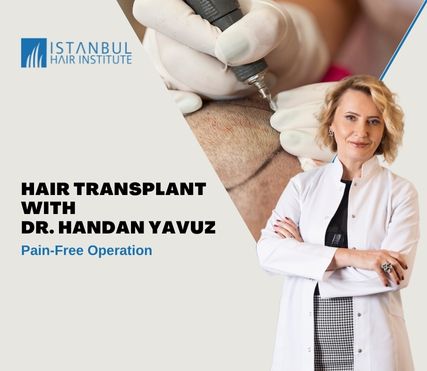
Taking the step towards a hair transplant is significant, but the right preparation and choice of clinic can make the journey smooth.
Don’t wait to restore your hair and confidence. Contact the Istanbul Hair Institute today to schedule your free consultation. Discuss your goals, expectations, and any concerns with expert surgeons to see how a DHI hair transplant can change your life. Contact us now!
FAQ
This section provides answers to frequently asked questions about Direct Hair Transplant procedures, particularly in the context of getting the treatment in Istanbul. It aims to address common concerns and provide essential information for those considering this advanced hair restoration technique.

